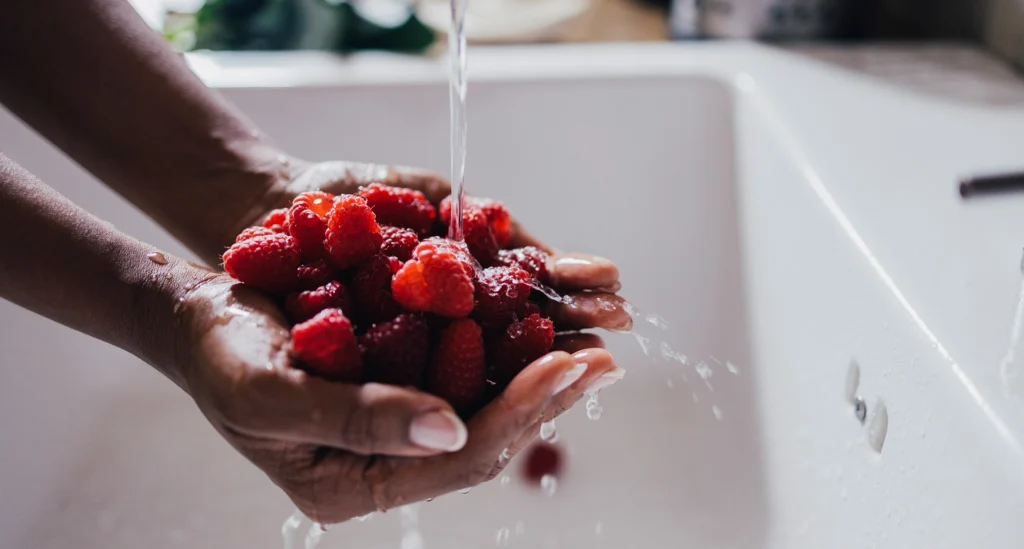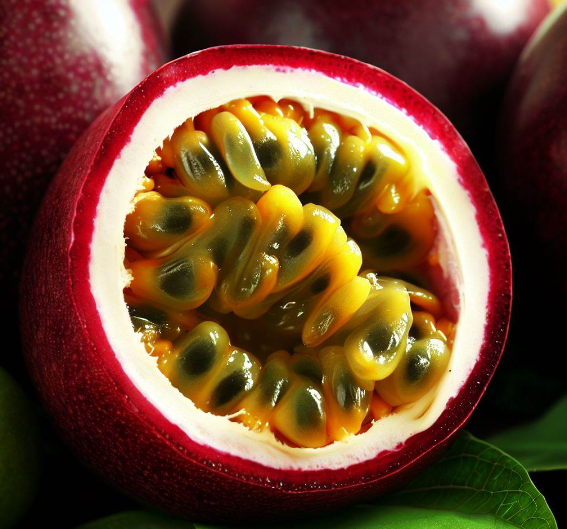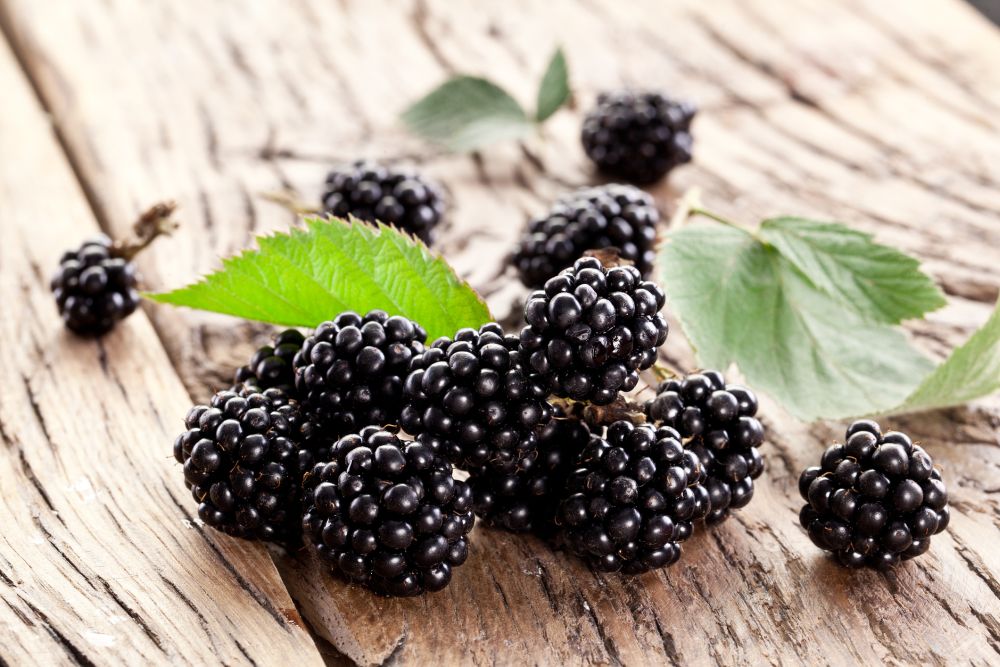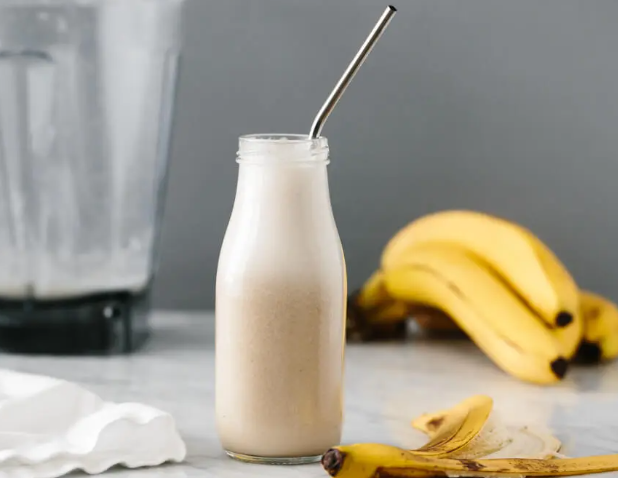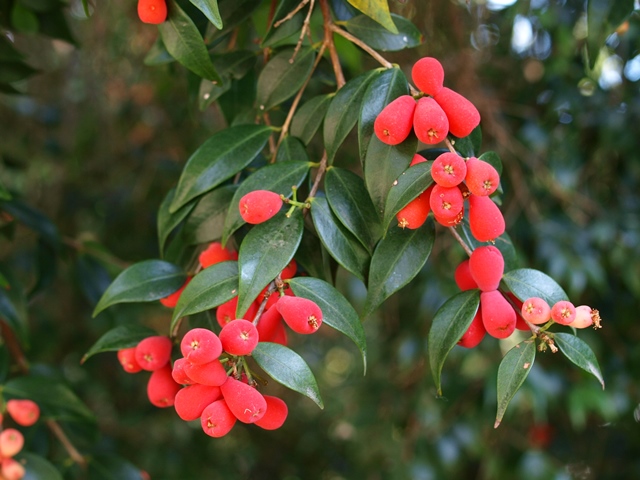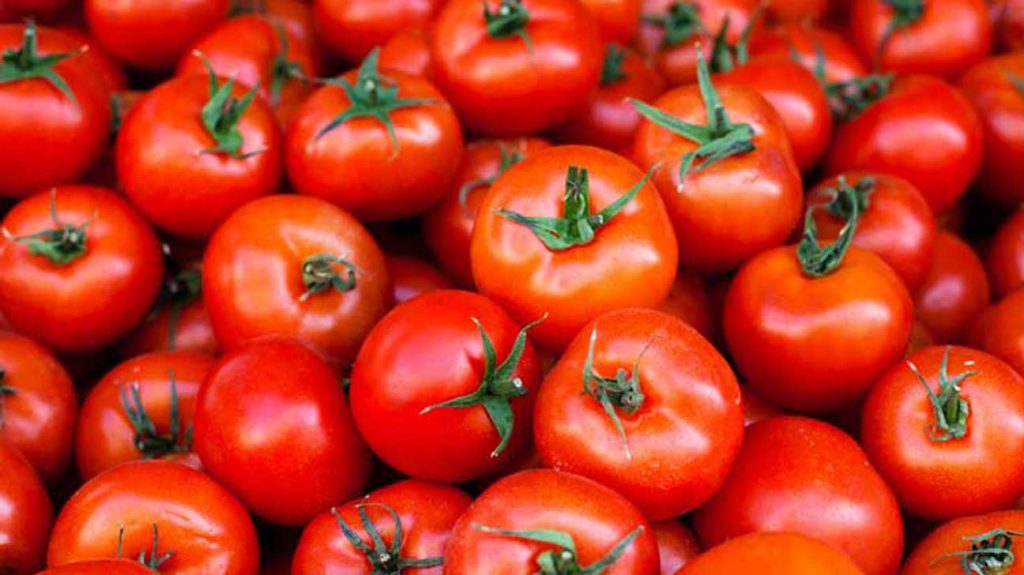You might have asked yourself, “What is rice exactly?” Some might think it’s a fruit or a vegetable, while others say it’s a grain or a seed. It can get confusing, so in this explanation, we’re going to take a closer look to figure out just what rice is.
Table of Contents
Understanding Rice
Rice is a type of cereal grain that comes from the plant Oryza sativa. It’s a big part of people’s diets all over the world. Every year, farmers grow around 700 million tons of rice. Most of this rice comes from countries like China, India, and Indonesia.
Details About Rice
How Rice Looks
Rice grains are little and sort of oval. They have a tough outside called the hull, which you have to take off to eat the rice. That’s why when you buy rice from the store, it’s usually already white and ready to cook.
Rice’s Life Cycle
Rice starts as a seed and is an annual plant, meaning it completes its life cycle in one year. First, you plant the seeds in waterlogged fields. They grow into little plants there, and then get moved to a bigger field to grow up. When the rice plant is all grown up, it makes new seeds, and those seeds are the rice grains we eat.
How Rice Makes More Rice
Rice doesn’t need help from bugs or other plants to make seeds. It is self-pollinating. This means the pollen from the male part of the plant moves to the female part all by itself. So, it can reproduce without any outside help.
So, What Is Rice Really?
Rice is considered a grain. Grains are the seeds from different kinds of grasses, and rice comes from the grass species Oryza sativa. Also, grains aren’t very wet inside, and rice is dry too, which is why you can store it for a long time without it going bad.
Why Rice Is Good for You
Rice is full of nutrients but doesn’t have much fat. It’s mostly carbohydrates, which gives you energy, but it also has some protein, vitamins, and minerals. Let’s learn more about these good things in rice.
Carbs in Rice
The main thing in rice is complex carbs, which your body breaks down slowly for lasting energy. Rice has some simple carbs as well, which the body breaks down fast for a quick energy boost.
Protein in Rice
Rice isn’t where you’ll find lots of protein, but it still has a bit. And if you choose brown rice, you get a bit more protein than you would from white rice.
Vitamins and Minerals in Rice
Rice can be a source of good stuff like thiamin, niacin, vitamin B6, iron, and magnesium. If you eat brown rice, you’ll also get plenty of fiber, which helps your digestive system stay in good shape.
Cooking with Rice
Rice is super flexible in cooking. You’ll find it in many kinds of food, especially in Asia, like in Chinese, Japanese, and Indian meals. Here are some of the ways you can use rice:
Different Kinds of Rice
There are lots of types of rice, each with their own special taste and feel. Here are some you might know:
- White rice: This is the usual kind you see. It’s been cleaned up to take out the husk, bran, and germ, which also takes out some good nutrients.
- Brown rice: It’s like white rice but still has the outer parts, so it’s got more good stuff in it.
- Wild rice: Although it’s called rice, it’s actually from a totally different plant and mostly comes from North America.
- Basmati rice: This long-grain rice is often used in Indian and Middle Eastern food.
- Jasmine rice: This fragrant, long-grain rice is a favorite in Thai dishes.
Ways to Cook Rice
There are many ways to prepare rice. You can boil it, steam it, or even bake it. Plus, it can be part of yummy foods like sushi, risotto, and paella.
Final Thoughts on Rice
In the end, rice is a grain because it’s the dry seed of a grass. It’s a big part of what many people eat but is not a fruit or vegetable. It has lots of good nutrients and you can cook it in so many ways, using it in different kinds of recipes.
FAQs
Is rice okay to eat if I can’t have gluten?
Yes, rice doesn’t have gluten, so it’s safe for people who can’t eat gluten because of celiac disease or a gluten intolerance.
How are white rice and brown rice not the same?
The big difference is that white rice has had its outer parts taken off, so it’s missing some nutrients that you can still find in brown rice.
Does rice help me get fiber?
Yes, if you’re eating brown rice, it’s a good way to get fiber. But white rice doesn’t have as much because the fiber-rich parts are removed during processing.
How much time does it take to cook rice?
Cooking time varies based on the rice type and cooking method. Usually, white rice takes about 15-20 minutes, and brown rice takes longer, about 30-45 minutes.
Can I eat rice without cooking it?
No, you should always cook rice before eating to make sure you don’t get sick from any germs.
